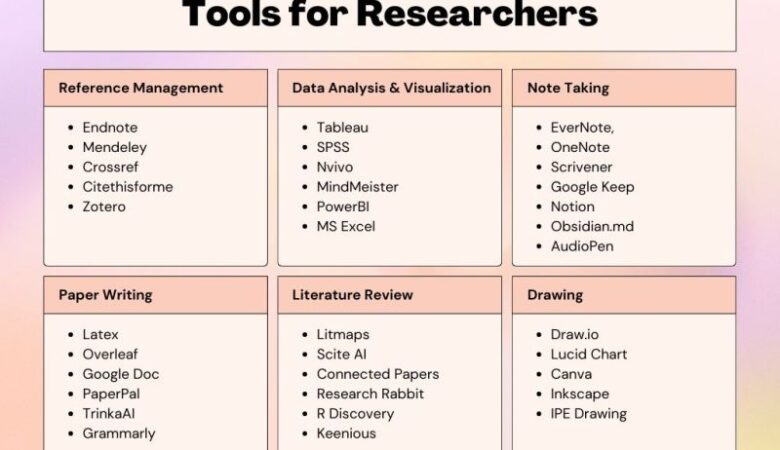Paying for college or graduate school can be a significant financial challenge. To ease this burden, students often seek financial aid options such as scholarships and fellowships. While both provide funding that doesn’t require repayment, they serve different purposes and have distinct eligibility criteria. Understanding these differences is crucial for maximizing your financial aid opportunities and minimizing student debt.
What Is a Scholarship?
A scholarship is a form of financial aid awarded to students to support their education. Unlike loans, scholarships do not need to be repaid. They are typically awarded based on criteria such as academic merit, financial need, athletic ability, or other talents and affiliations.
Key Features of Scholarships:
Eligibility Criteria: Scholarships may be merit-based, need-based, or awarded for specific talents or demographics.
Funding Sources: Offered by various entities, including colleges, universities, private organizations, non-profits, and government agencies.
Purpose: Primarily aimed at supporting undergraduate students, though some scholarships are available for graduate studies.
Duration: Often awarded for a single academic year, with the possibility of renewal based on continued eligibility.
According to the IRS, a scholarship is generally an amount paid or allowed to a student at an educational institution for the purpose of study.
What Is a Fellowship?
A fellowship is a competitive, merit-based award that provides financial support for advanced study or research. Fellowships are typically awarded to graduate or postgraduate students and may include a stipend to cover living expenses, tuition, and research costs.
Key Features of Fellowships:
Eligibility Criteria: Primarily merit-based, focusing on academic achievements, research potential, and leadership qualities.
Funding Sources: Commonly offered by universities, government agencies, and foundations.
Purpose: Designed to support graduate students, doctoral candidates, and postdoctoral researchers in their academic and professional development.
Duration: Can range from a few months to several years, depending on the program.
Fellowships often provide a comprehensive package that may include tuition coverage, a living stipend, and funds for research or travel .
Comparing Scholarships and Fellowships
Understanding the distinctions between scholarships and fellowships can help students identify which type of aid aligns with their academic and career goals.
| Feature | Scholarship | Fellowship |
|---|---|---|
| Level of Study | Primarily undergraduate | Graduate and postgraduate |
| Basis of Award | Merit, need, talent, or demographic criteria | Primarily merit-based, focusing on academic excellence |
| Funding Sources | Various, including private organizations and schools | Universities, government agencies, and foundations |
| Purpose | Support general education costs | Support advanced study, research, or professional development |
| Duration | Typically one academic year | Varies; can span multiple years |
| Work Requirement | Generally none | May include research or teaching responsibilities |
Application Processes
Applying for Scholarships:
Research Opportunities: Utilize scholarship databases and consult with your school’s financial aid office.
Prepare Application Materials: Common requirements include transcripts, letters of recommendation, and personal essays.
Meet Deadlines: Keep track of application deadlines and submit materials promptly.
Follow Up: Confirm receipt of your application and inquire about the selection timeline.
Applying for Fellowships:
Identify Suitable Fellowships: Focus on programs that align with your academic interests and career goals.
Develop a Research Proposal: Many fellowships require a detailed plan outlining your intended research or study.
Gather Recommendations: Secure letters from academic mentors or professionals familiar with your work.
Prepare for Interviews: Some fellowships include an interview component as part of the selection process.
Fellowship applications are often more rigorous and may require a comprehensive evaluation of your academic and research capabilities
Maximizing Financial Aid Opportunities
To effectively leverage scholarships and fellowships:
Start Early: Begin researching and preparing applications well in advance of deadlines.
Stay Organized: Maintain a calendar of application deadlines and required materials.
Tailor Applications: Customize your personal statements and essays to reflect the specific goals of each program.
Seek Guidance: Consult with academic advisors, mentors, and financial aid counselors for assistance.
Apply Broadly: Increase your chances by applying to multiple scholarships and fellowships for which you are eligible.
Conclusion
Both scholarships and fellowships are valuable resources that can significantly reduce the financial burden of higher education. By understanding the differences between these forms of financial aid, students can strategically pursue opportunities that align with their academic pursuits and career aspirations. Early preparation, thorough research, and diligent application efforts are key to securing these competitive awards.







Leave a Reply